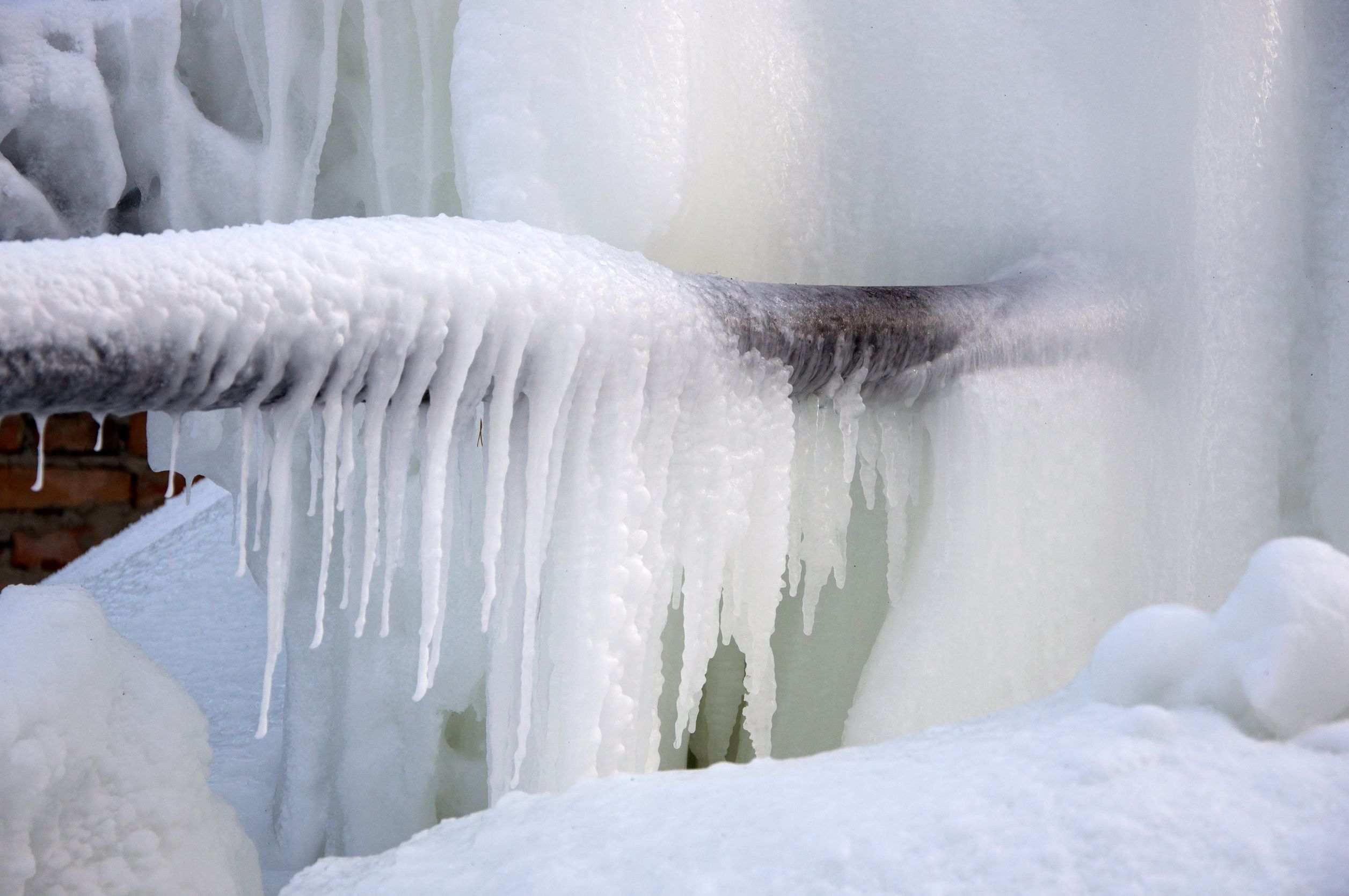How to Maintain Your Pipes from Cold Weather Damage: Essential Guidance
How to Maintain Your Pipes from Cold Weather Damage: Essential Guidance
Blog Article
Presented here on the next paragraphs you can get a good deal of worthwhile additional info pertaining to Winter Plumbing Precautions: Preventing Frozen Pipes.

Winter can wreak havoc on your pipes, particularly by freezing pipelines. Below's just how to avoid it from occurring and what to do if it does.
Introduction
As temperatures decline, the risk of icy pipelines rises, potentially leading to pricey repairs and water damages. Understanding exactly how to stop frozen pipes is crucial for home owners in cool climates.
Recognizing Frozen Pipelines
What causes pipelines to ice up?
Pipelines freeze when exposed to temperatures below 32 ° F (0 ° C) for prolonged durations. As water inside the pipes freezes, it broadens, taxing the pipeline wall surfaces and potentially causing them to rupture.
Risks and damages
Frozen pipes can result in water supply interruptions, building damages, and expensive fixings. Ruptured pipes can flooding homes and cause considerable architectural damage.
Signs of Frozen Water Lines
Determining frozen pipes early can avoid them from rupturing.
How to recognize frozen pipelines
Try to find reduced water flow from taps, uncommon odors or noises from pipes, and visible frost on revealed pipelines.
Avoidance Tips
Protecting prone pipes
Wrap pipes in insulation sleeves or make use of warm tape to protect them from freezing temperatures. Focus on pipes in unheated or external areas of the home.
Heating strategies
Maintain interior spaces adequately heated, particularly locations with pipes. Open cupboard doors to permit cozy air to distribute around pipes under sinks.
Securing Outdoor Pipes
Garden pipes and outdoor taps
Separate and drain pipes yard pipes before wintertime. Install frost-proof faucets or cover outdoor faucets with protected caps.
What to Do If Your Pipelines Freeze
Immediate activities to take
If you think frozen pipelines, keep taps open to alleviate stress as the ice thaws. Use a hairdryer or towels soaked in warm water to thaw pipelines gradually.
Long-Term Solutions
Structural modifications
Take into consideration rerouting pipelines far from outside wall surfaces or unheated areas. Include added insulation to attics, basements, and crawl spaces.
Updating insulation
Invest in high-grade insulation for pipelines, attic rooms, and walls. Appropriate insulation aids keep constant temperature levels and lowers the threat of frozen pipes.
Final thought
Preventing icy pipes requires positive procedures and fast feedbacks. By recognizing the reasons, signs, and preventive measures, home owners can protect their plumbing during cold weather.
5 Ways to Prevent Frozen Pipes
Drain Outdoor Faucets and Disconnect Hoses
First, close the shut-off valve that controls the flow of water in the pipe to your outdoor faucet. Then, head outside to disconnect and drain your hose and open the outdoor faucet to allow the water to completely drain out of the line. Turn off the faucet when done. Finally, head back to the shut-off valve and drain the remaining water inside the pipe into a bucket or container. Additionally, if you have a home irrigation system, you should consider hiring an expert to clear the system of water each year.
Insulate Pipes
One of the best and most cost-effective methods for preventing frozen water pipes is to wrap your pipes with insulation. This is especially important for areas in your home that aren’t exposed to heat, such as an attic. We suggest using foam sleeves, which can typically be found at your local hardware store.
Keep Heat Running at 65
Your pipes are located inside your walls, and the temperature there is much colder than the rest of the house. To prevent your pipes from freezing, The Insurance Information Institute suggests that you keep your home heated to at least 65 degrees, even when traveling. You may want to invest in smart devices that can keep an eye on the temperature in your home while you’re away.
Leave Water Dripping
Moving water — even a small trickle — can prevent ice from forming inside your pipes. When freezing temps are imminent, start a drip of water from all faucets that serve exposed pipes. Leaving a few faucets running will also help relieve pressure inside the pipes and help prevent a rupture if the water inside freezes.
Open Cupboard Doors
Warm your kitchen and bathroom pipes by opening cupboards and vanities. You should also leave your interior doors ajar to help warm air circulate evenly throughout your home.

We had been guided to that write-up about Winter Plumbing Precautions: Preventing Frozen Pipes through an associate on our other site. Are you aware of another person who is fascinated about the niche? Take a moment to promote it. Thanks so much for taking the time to read it.
Call Today Report this page